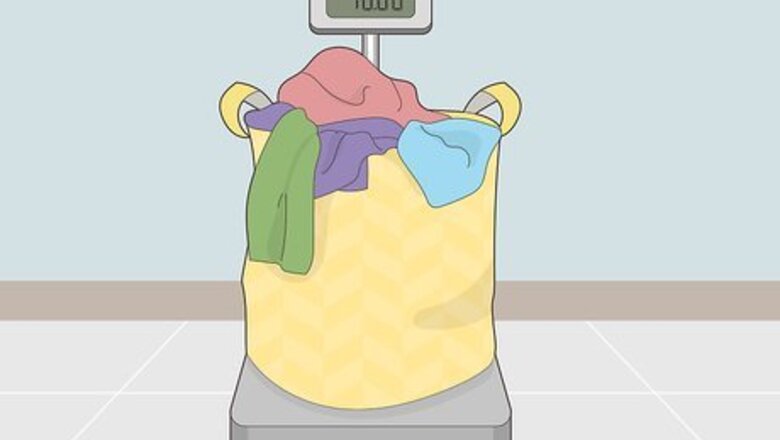
views
- Load up to 10 pounds (4,500 g) of dirty clothes into the machine. Then hook up your machine's hose to a faucet or tap, and plug it in.
- Run a wash cycle with your detergent. Then, position the dirty water hose in a sink or tub, and run a rinse cycle, allowing the dirty water to drain.
- Dry your clothes in a portable dryer. Or, hang them on a line for a few hours to dry.
Loading the Machine
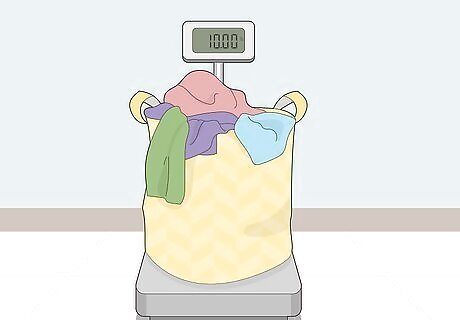
Load your laundry. For the most part, you will have to do small loads with a portable washer. Your machine's instruction manual should have specific instructions regarding how much clothing it can hold. Most machines cannot hold more than 10 pounds. Place your clothing into the washer. You can separate loads by color and fabric type the same way you would when using a normal washing machine. Liquid detergent tends to work best with portable washing machines. It's a good idea to add some liquid fabric softener, as portable washing machines only do spin cycles.
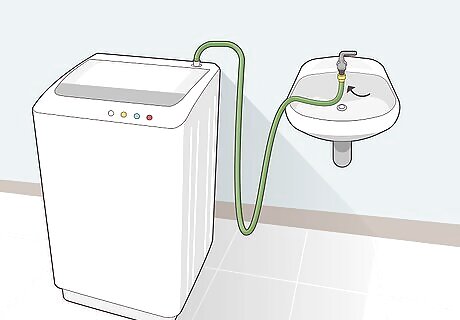
Hook up the hose to a faucet. There should be a hose attached to your portable washer. This hose will be screwed onto your kitchen's faucet in order to fill the machine with water to wash the clothing. Hook the hose up to a faucet in your kitchen or bathroom and turn the water on. Use the water temperature that works best for your clothing type. For example, wash bright clothing in cold water. Some machines may have two different hoses: one to load the water, and the other to drain it afterwards. Refer to your instruction manual to make sure you're plugging the right hose into the kitchen sink. Most machines will have a line inside the washer marking how much water to add. Do not add water above this line as this can interfere with how the machine works and damage your clothing.
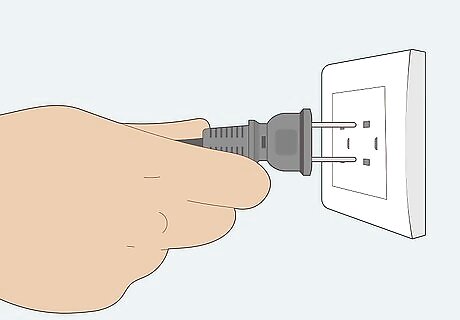
Plug in the appliance and start the wash. When you load your clothes and fill the machine, make sure you choose an area with an outlet nearby. You need to plug in the machine for it to work. Once the clothing and water is loaded, you can plug in the machine and start the wash. Most machines have a timer, where you can decide how long you want to wash your clothes. In general, the dirtier the clothing, the longer your wash cycle should be. There will also be a switch to turn to get the machine to start the wash. Make sure to plug your machine directly into the wall. Portable washing machines do not work with power adapters or extension cords.
Washing Your Clothes
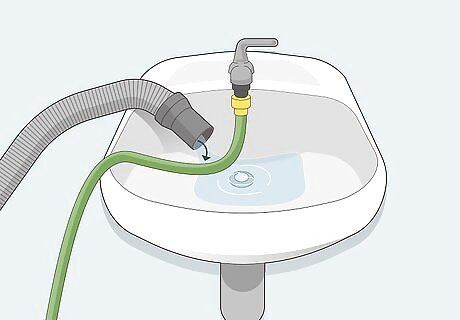
Drain the dirty water. After your wash cycle is done, there should be another nozzle that will drain the dirty water. If you're not sure which nozzle to use, check your instruction manual. Place this nozzle in the sink and allow all the dirty water to drain. Make sure the nozzle is securely in the sink. If the nozzle falls out, you could end up with dirty water all over your floor.
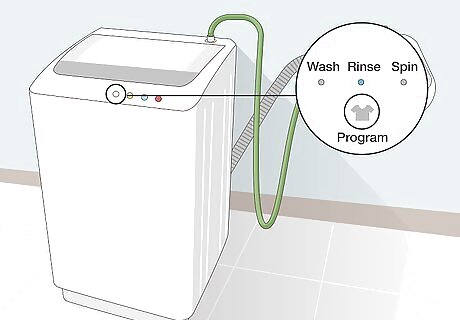
Rinse the clothes again, if your machine requires it. Some machines do not have a rinse cycle. Once you've drained the water, you can remove and dry your clothing. However, other machines require a specific rinse cycle. If your machine requires a rinse cycle, fill the machine with cold, clean water and set it to rinse. You may have to drain the water again after the rinse cycle is over.
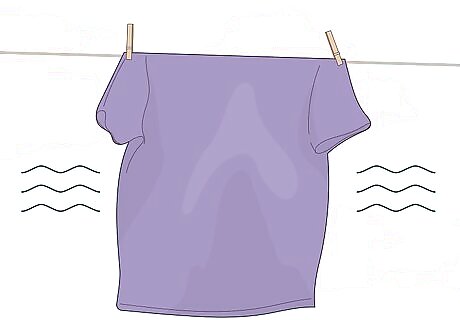
Dry your clothes. If you have a portable dryer, you can dry your clothes there. You can also use a regular drying machine or air dry your clothes. If you don't have a dryer, there are other ways to dry your clothes. It can save money to air dry your clothes on a clothing line or drying rack. However, this does not work as fast as a regular dryer or portable dryer.
Avoiding Common Mistakes
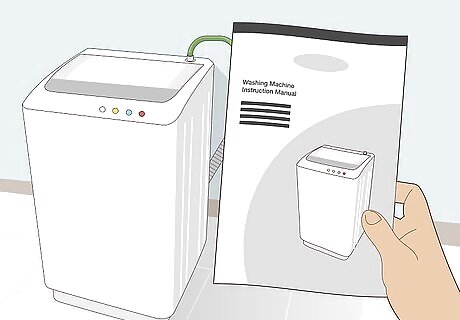
Read your instruction manual before using the machine. While portable washing machines are all somewhat similar, precise instructions will vary. Before using your machine, read your instruction manual closely. You want to make sure you follow the rules for your machine closely.
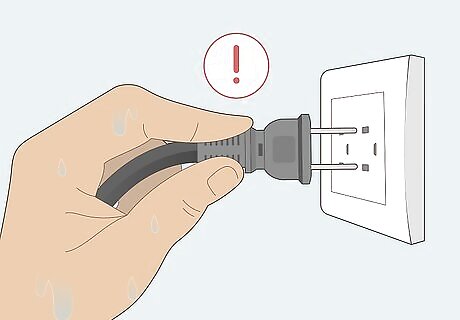
Make sure to dry your hands before handling the machine's plug. It's easy to get your hands wet when handling laundry. To protect yourself form electric shock, dry your hands thoroughly before plugging in or unplugging the machine.
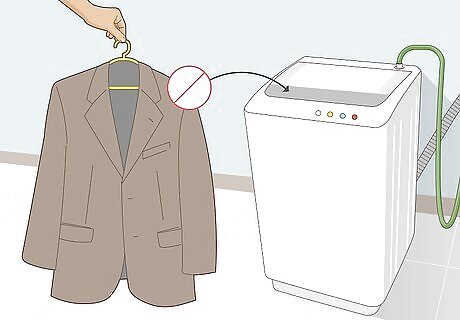
Avoid washing coats. Heavy items, like coats, are generally too bulky for a portable washing machine. You will have to get such items dry cleaned or wash them in a regular washing machine.
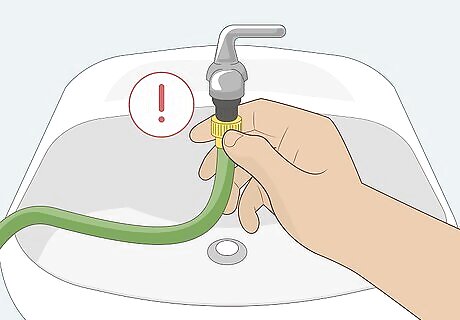
Make sure everything is in place. You want to make sure all the nozzles are screwed on tightly. You should also be vigilant about not overfilling the machine. You do not want to be left with a soapy mess to clean up.



















Comments
0 comment